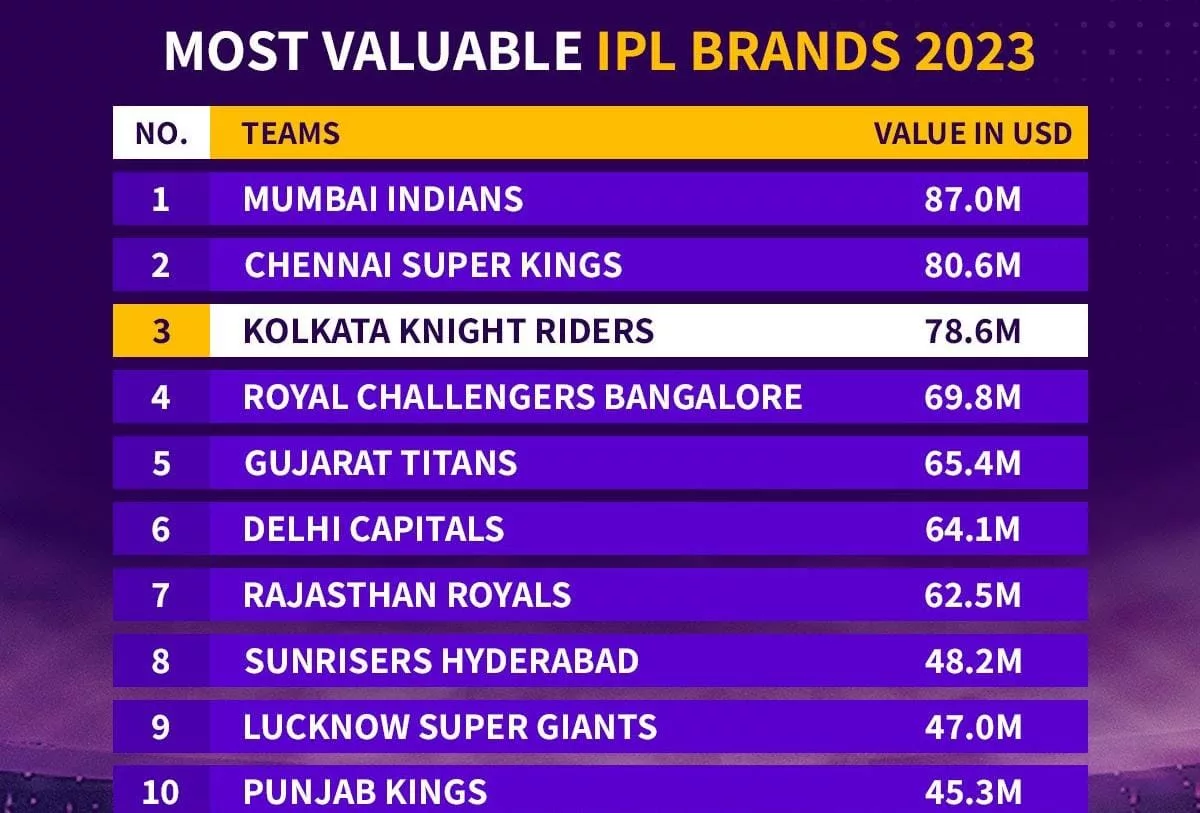How Float Rotation Lets You See the Deeper Market Trends
Float rotation is a trading strategy that contrasts the number of tradable stocks with the total supply of stocks, giving traders insight beyond simple market data. This idea is essential to the trading environment because it enables traders to comprehend the trends and underlying changes in asset market prices. This piece will briefly overview this trading strategy and how you can apply it to everyday trading.
Understanding the Nature of Float Stocks
Although they are not restricted shares, floating stocks significantly affect the stock market’s liquidity. Which stocks are accessible for trading are determined by this ratio. Suppose the market participants desire to purchase a tradable asset Y, which has both free and limited shares in reserves. If the available shares are only half the total supply and the market demands at least 60%, then the assets will be hard to acquire on the open floor. Contrary to this example, if the market only demands 30% of all possible shares, buying asset Y will be much easier, as it will have higher liquidity.
Practical Application
The float rotation effectively calculates the turnover frequency for tradable assets, providing relevant insight into how often the assets change hands during a specific period. Usually, this formula is effective in smaller sections, like a single intraday period. Technically, this metric calculates the turnover ratio by looking at the float stock amounts and then dividing the total circulation by this amount. So, for example, if a given company has issued 100,000 available shares on the market and the total frequency of transfers is 500,000, we get a rotation ratio of 5.
How to Analyse the Ratio
So, what does the ratio of 5 mean for traders? It implies that, on average, the single asset was traded five times during the day. Five consecutive transfers are quite high for virtually any market, and the spike in activity could signify that the asset is in high demand. However, there could be other reasons, including unusual volatility, that cause such a boost in the price action.
Individuals should also consider that market incentives change due to stock turnover because new owners have different goals. Investors will strive to surpass the $200 threshold to make a profit if the initial owners intend to increase the valuation of stock X to $200 and then sell it. However, the ripple effects on the stock market will differ if the new owners decide to keep the assets because they have bearish strategies in mind. The fact that multiple parties control the shares of a certain firm should be taken into account by traders who wish to short it since this might significantly influence the short position’s profitability.
To Summarise
For traders to better understand market behaviour and base their strategies on hard data, they must have a solid understanding of float rotation. Investors can detect notable changes in the overall market strategy regarding the shares of a particular company by calculating and examining float rotations on targeted shares. As a result, they will have a much deeper understanding of how tradable assets change hands and what price action is unravelling in the current climate.
Do check out: IPL 2024 schedule PDF Download – Check out the UPDATED Full schedule here








